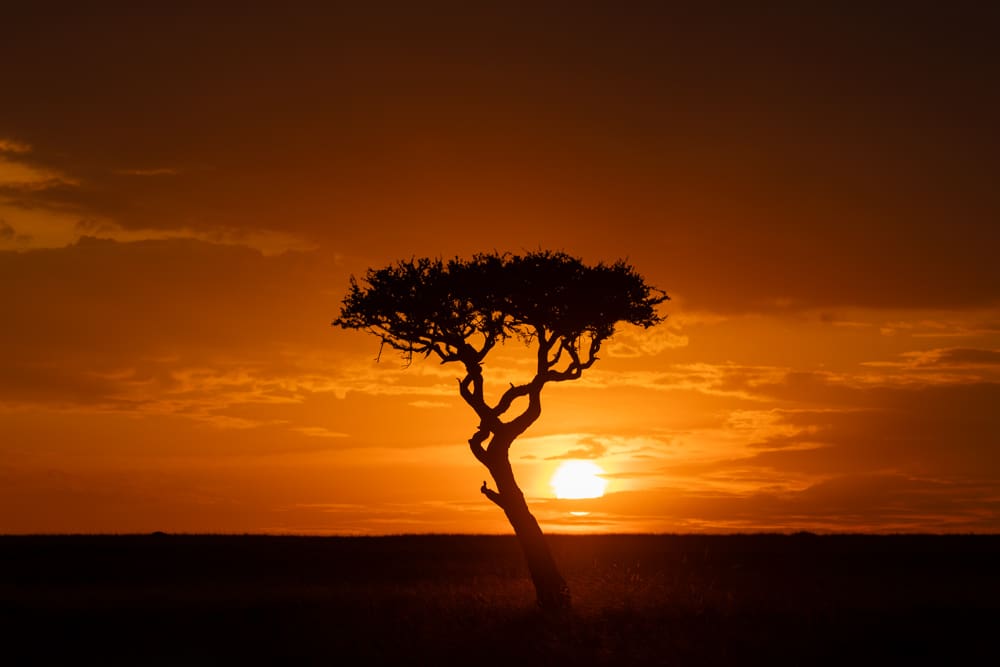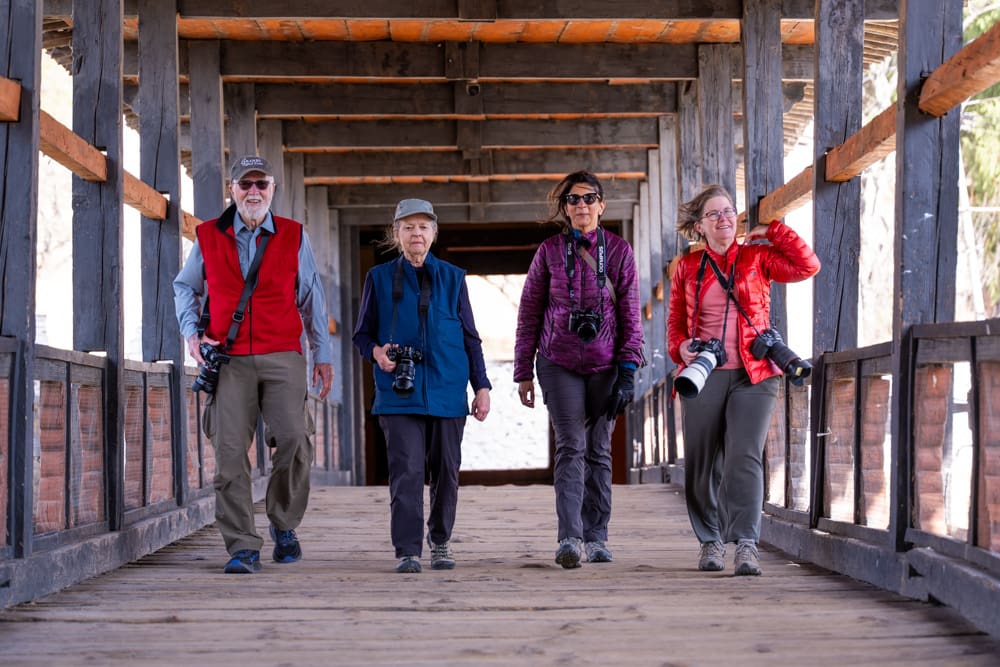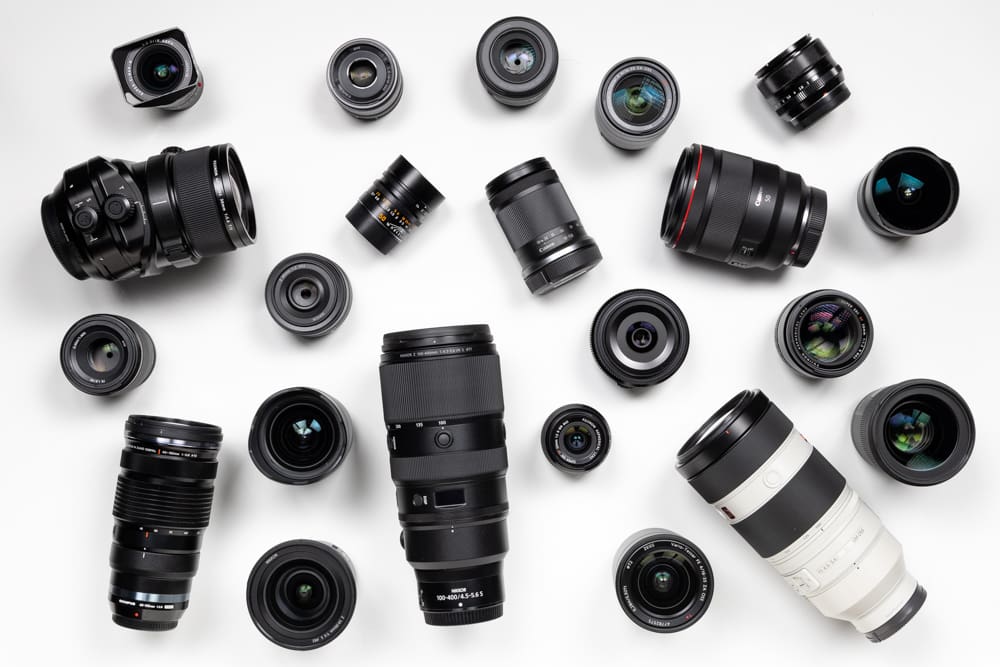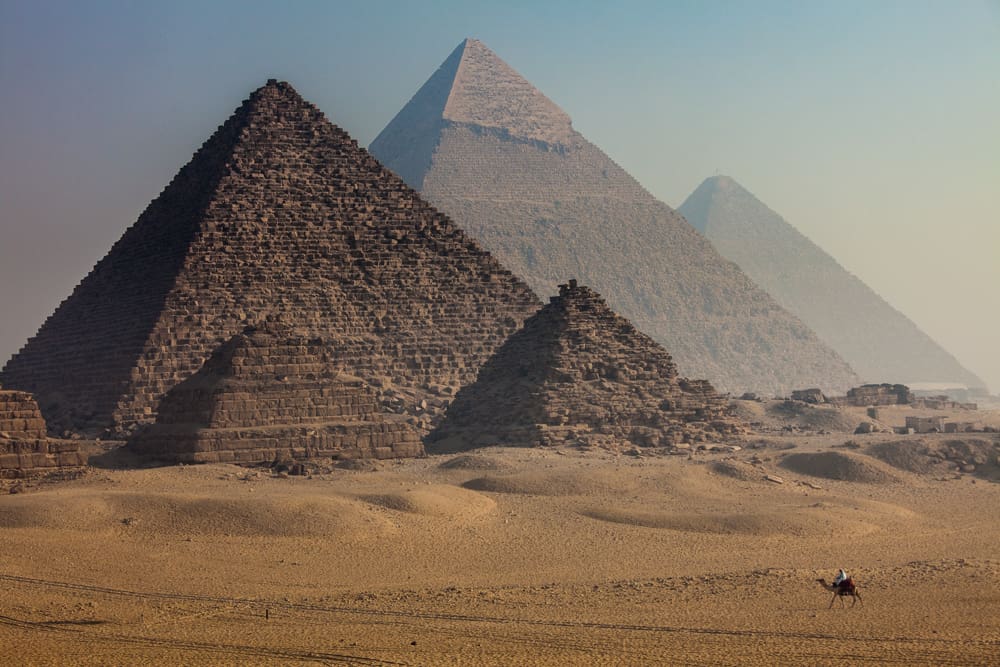When a photographer packs for international travel, it can get a little complicated. Photographic gear is usually expensive, frequently heavy, and always susceptible to damage if not cared for properly. All of this makes for a bit of a dilemma when dealing with getting your gear, and everything else you need, to an overseas destination.
The problem with photographing far from home is two parts: (i) what to bring, and (ii) how to transport it. One might think you should first address what you want, or need, to bring. However, the restrictions of today’s air transportation will undoubtably impact what you choose to bring. This means you need to address the how before the what.
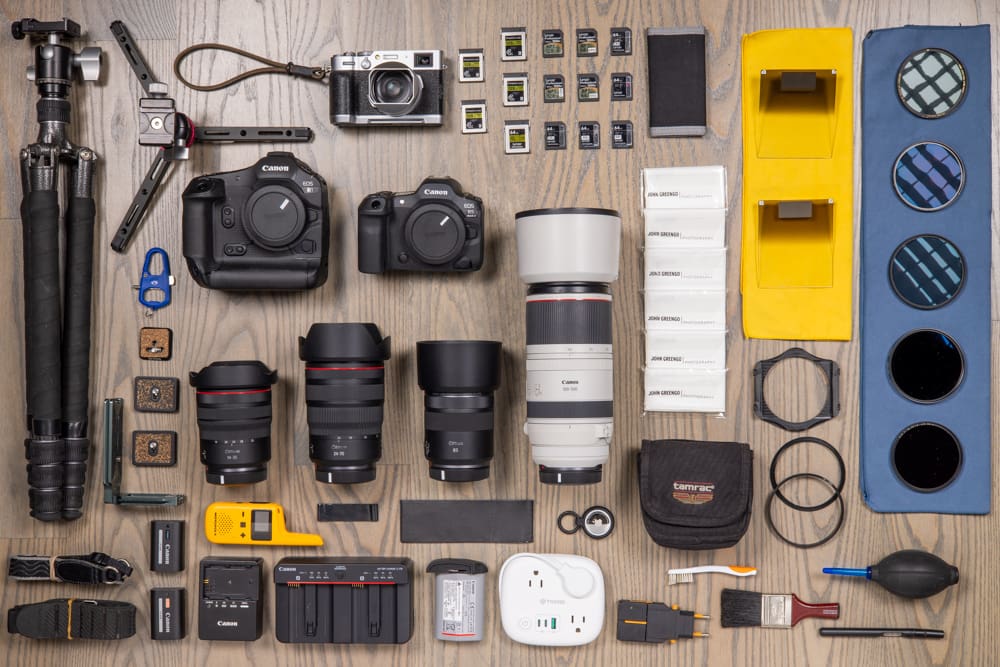
Photography gear for 4 weeks overseas travel
Clearly nobody wants to loose anything in the process of getting to where they want to go. This is why the long-time number one rule for the traveling photographer is — don’t put anything in your checked luggage that you can’t live without. If it’s important, and you don’t want it to get lost, damaged, or stolen, you need to carry it on board with you.
Checked bags
Checked bags— for your clothes, shoes, and toiletries — have their own set of rules and limitations.There are a variety of restrictions and limitations that impact their use, including quantity, size, and weight. These factors may vary depending on how much you paid for your ticket or your status with the airline. One thing you can count on: you are not allowed to pack batteries with your checked luggage. Typically this rule is focused on the newer styled lithium-ion batteries; but other types of batteries could also be a problem, so avoid all types.
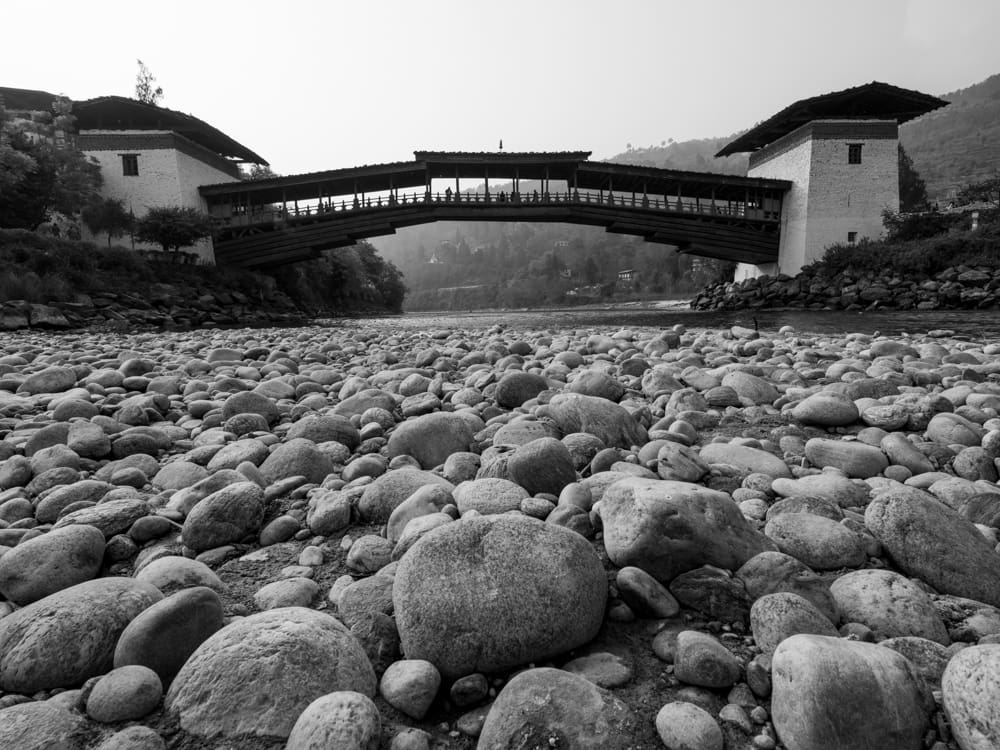
FUJIFILM GFX100 II, GF 20-35MM F/4 R WR @ 24mm| F/22 | 1/30 SEC | ISO 160
There is an issue with lithium-ion batteries when stored in the unpressurized luggage hold; they may leak and start a fire. These are the same type of batteries that all modern cameras and computers use. All checked luggage is scanned for a variety of potential threats and lithium-ion batteries are something they are specifically looking for. If you pack batteries in your checked bag, the bag will be stopped, opened, batteries removed, and your checkedbag may or may not arrive at it’s intended destination with you, and you’ll be without your batteries.
Checking photo gear & other options
When it comes to your expensive camera gear, yes, there are ways to get your gear to your destination without the carry-on option. You could pack it in a heavily padded, hard (Pelican) case, lock it, and maybe stick an air tag inside to track it. You could also ship it with a separate shipping carrier (Fed Ex, UPS), insure it, and track it. Both of these are sensible options, but add extra layers of difficulty, logistics, and/or cost. If you want to be reasonable about things, you are going to need to deal with the airline’s carry-on restrictions.
Carry-on bags
The limits for carry-on luggage will vary a bit depending on what size of plane you are on, what airlines you are flying with, and sometimes what route you are on. For international flights on larger commercial aircrafts, most airlines will allow you to carry-on a maximum of two bags. The larger of the two bags is called the “carry-on” and is usually limited to about 22”x15”x9” (56x36x23cm) but some airlines allow for more or less — check your airline for details.
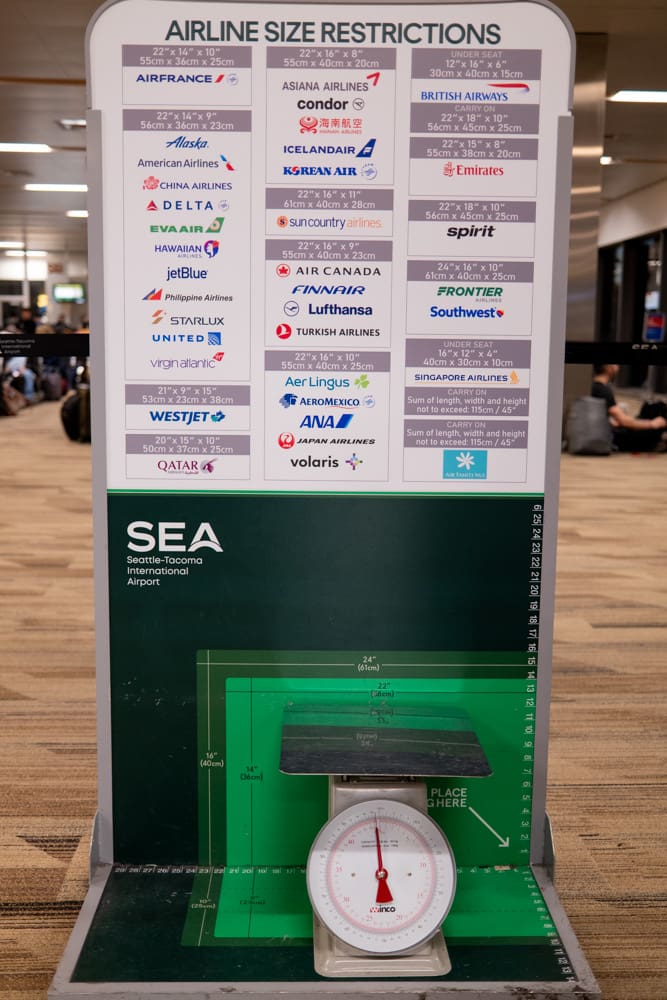
Carry-on bags are designed to be stored in the overhead bin and that is why they have very specific dimension limits. This is where you will likely want to store most of your camera gear, as it will be near you, accessible if need be, and you will be the one picking it up and moving it around.
From an official standpoint, “carry-on” bags frequently have weight restrictions in the 10-20lb (5-10kg) range, but this is rarely enforced from my point of view. If cabin space is tight due to a full flight, airlines frequently require any “carry-on” luggage with wheels to be checked at the gate. This means, just before boarding, they will take your “carry-on” bag and put it with the checked luggage. If your camera gear is in that bag, insist that you want to carry it onboard. If you fail, you may want to repack the bag with more cushioning to handle the rougher handling it will likely receive in the luggage hold. If your carry-on bag is redirected to the luggage hold, don’t forget to take your batteries, and any other critically important items out of the bag.
Personal bags
Most all airlines also allow for one personal bag (the second carry-on bag), this is something that is small enough to fit under the seat in front of you like a purse, briefcase, or a shoulder bag. The size and weight of this personal bag can vary quite a bit depending on the airline and the plane but 18” x 14” x 8” (45x35x20cm) is a size listed by some airlines. Few airlines list specific weight restrictions on this, likely because it’s not weight that is the problem, it’s the size and ability to fit fully under the seat in front of you.

FUJIFILM GFX100 II, GF 30MM F/5.6 T/S | F/5.6 | 1/400 SEC | ISO 80
I’ve never had a personal bag weighed, but it’s possible. Some airlines might weigh your carry-on and personal bag and have a limitation on the total. It’s a bit of a wild west scenario as this is something regulated by the individual airlines and not the FAA.
If there is an overweight issue with your “carry-on” bag, you may want to move some of the smaller and heavier items to your personal bag to meet requirements. Remember you may only need to do this to get past the ticketing gate, and you can then reorganize and repack your gear before getting on the plane.
I wish the airlines would give us a total weight limit for us and our luggage and let us decide where and how we pack our gear. It would also be fun at the check-in counter seeing how much weight the person next to you is bringing on board, and then trying to mentally subtract their gear from the total to see how much they weigh.
Extra (secret) storage
One additional area for bringing more gear that is not clearly defined by the airlines, is on your person. One area of ambiguity is how much you can have in your pockets and around your neck. There is very light enforcement of the rules when it comes to airport store purchases or large coats hanging over your arm. One could use this information; but you don’t have to say you heard it from me.

FUJIFILM GFX100 II, GF 100-200MM F/5.6 R LM OIS WR @ 200mm| F/5.6 | 1/160 SEC | ISO 80
While I personally prefer to travel with minimal accessories and have loose, lightweight, comfortable clothing on, I’ve known some to have worn a photo vest with 32 pockets packed to the gills. I’ve always thought about this as a backup option. If I’m ever told that my bag is overweight, I’ll pull out my camera and largest lens, and hanging it around my neck, then have them weigh the bag. There are no specific rules about this to my knowledge, but I’m sure if you push it too far, you’ll be called out.
Camera gear
What camera gear you choose to bring is only a problem if you are fortunate in life. For many, bringing your one and only camera and your entire collection of two lenses will not be a problem. With more gear comes more problems.
What specific gear to bring, and how much of it, will depend on the nature of your travels. There’s a lot of different reasons to travel with a camera and you’ll need to consider how photography fits into your agenda. Typical travelers will use a small camera, or just their phone, if they want to take snapshots to help remember where they went, what they saw, and what they did. More enthusiastic photographers are looking to create great photographs that may or may not have anything to do with their personal experience.
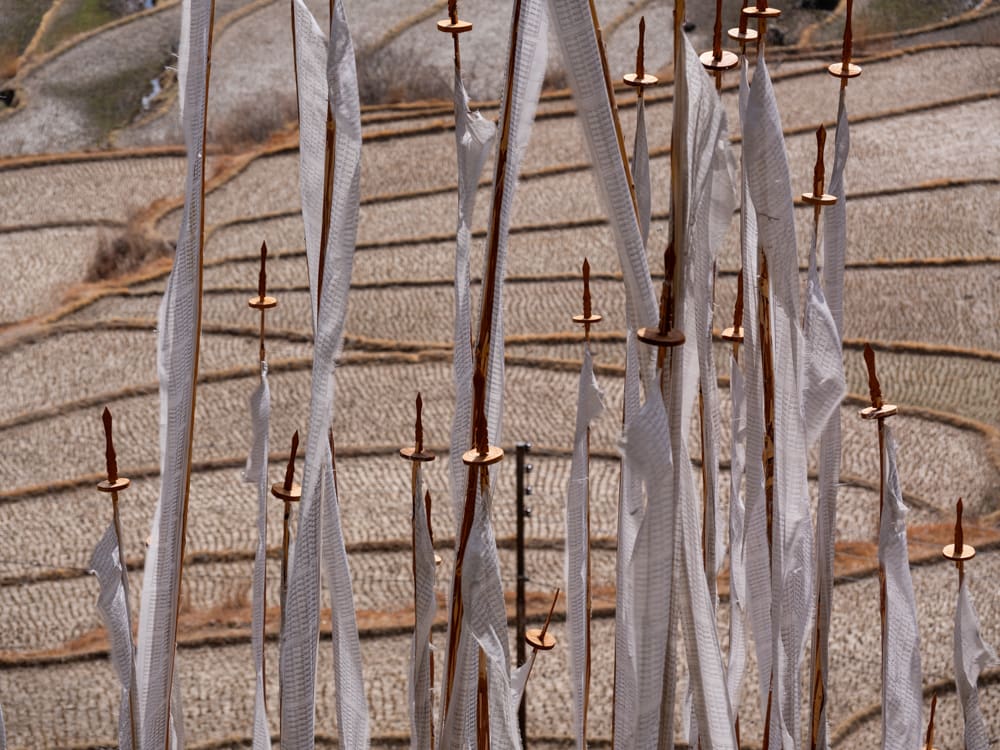
FUJIFILM GFX100 II, GF 100-200MM F/5.6 R LM OIS WR @ 170mm| F/8 | 1/160 SEC | ISO 160
First determine why you’re taking photos in the first place, secondly, what you will do with them and finally how important is the process of photography during the trip. Every person, every trip and every circumstance will result in a slightly different answer to these questions.
With these questions answered, the choice of what to bring should become more clear. I’ve taken hundreds of trips in my lifetime, and every one of them has been one in which I had a camera with me. And even with all my experience I often waver on what to bring.
My dilemma
Having too much to choose from is a problem I’m fortunate to have. For the record, I’m not complaining, just explaining. With multiple items to mix and match, there are seemingly infinite possibilities. With the unpredictable nature of travel, you never can be sure of what the correct choice may be. The fact of the matter is — there is no perfect choice, only a list of pros and cons with each decision.
Packing for the trip I’m on right now, I felt the need for a particular piece of gear that I wanted for one particular event. To be specific, I was wanting to take my new 100-300mm f/2.8 (full frame) lens to photograph the Punakha Tshechu festival in Bhutan. Having shot the event a few times I knew that it would be the perfect lens to capture a large number of different types of shots. This is one of the big highlights of the trip and it offers an unbelievable number of incredible photographic opportunities. The lens is the perfect focal length and aperture for this event in its particular location. But I’m choosing to not bring it.
While the 100-300mm f/2.8 would be the ideal lens for about 4-5 hours of shooting, that in comparison, is only a tiny fraction of the total time I’ll be traveling on this trip. I plan on doing a lot of walking, shooting in markets, on the streets, and a 100-300mm f/2.8 is way too much lens for those scenarios.
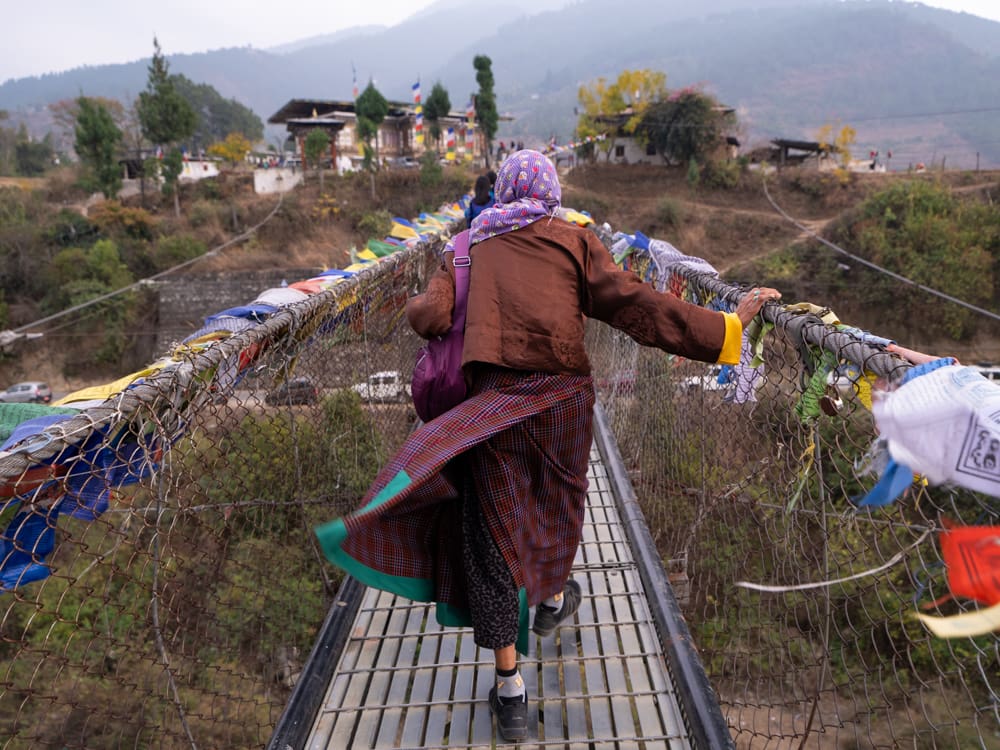
FUJIFILM GFX100 II, GF 20-35MM F/4 R WR @ 35mm| F/5.6 | 1/250 SEC | ISO 400
If this was an assignment, and I was tasked with bringing back photos from this event, I’d be taking the 100-300mm without a second thought. Looking at the big picture and what’s most important overall, is what motivated me to choose a different lens. I also had to admit that while it might be the best choice of lens, it wasn’t the only choice of lens that could result in great shots.
Packing for travel involves compromises. If something isn’t useful on a regular basis you need to ask yourself if there is another solution that would be better overall. For this situation, I’ve settled on replacing the 100-300mm f/2.8 with the smaller 100-500mm f/4.5-7.1; the slower aperture won’t separate my subject from the background nearly as well, but I’ll be able to capture more close-up shots that feature less background.
Every lens has its own strengths; just like every musical instrument has its own sound. When you play to the strength of the tool you use, you’re likely to get good results. With a 100-500mm lens, I’ll look for close-ups and detail shots that wouldn’t be possible with a 300mm lens. The smaller of the two lenses, 100-500mm, will mean I can take a smaller photo-backpack which weighs less.
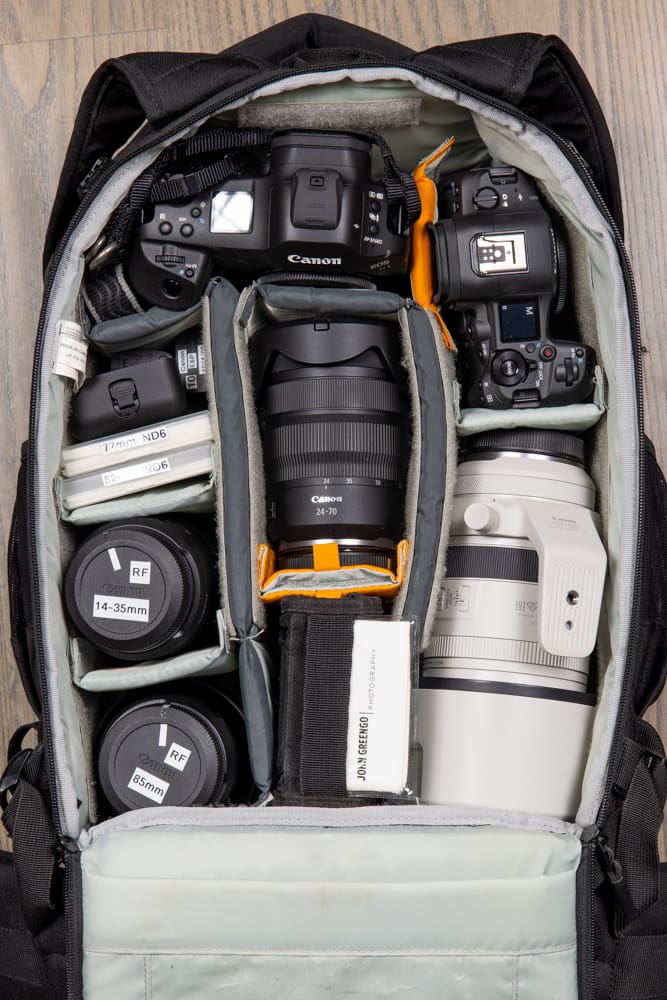
My Packed bag ready for Bhutan & Australia
If you are young, fit, eager, and have large heavy equipment that you really need to get the shot, by all means, go for it. Do it while you can. The key is setting your priorities; what’s most important to you: getting a particular shot, your photographic experience, or your overall experience. With the addition or subtraction of each piece of gear, it’s not all benefits or all drawbacks; it’s a reshuffling of the pros and cons.
If you aren’t on assignment, you’ll have more leeway in what you can bring and how you work. This is a big benefit of pursuing photography for the love of it, rather than for the money it may pay you. You do you; and there are lots of ways to doing that.
The bonus lens
Most of my camera and lens choices for traveling comes down to covering my bases, and adding a little spice. This means starting with a good ‘base’ camera and bringing a descent back-up. For lenses, it usually takes three zoom lenses to cover my needs from wide to telephoto. And depending on the size of pack I’m taking, I may have room for one or more “bonus” lenses.
A bonus lens is one that you can totally live without, but would be fun to have along to add some variety. Good bonus lenses are tilt-shift, fisheye, macro, portrait, or even a small fast prime. It all depends on what your interests are.
For this trip — a week and a half in Bhutan and two and a half weeks in Australia — here is what I’m bringing.
- Canon R1 (course coming soon)
- Canon R5 Mark II
- Canon RF 14-35mm f/4 L IS USM
- Canon RF 24-70mm f/2.8 L IS USM
- Canon RF 100-500mm f/4.5-7.1 L IS USM
- Canon RF 85mm f/2 Macro IS STM (the bonus lens)
- Fujifilm X100 VI (course coming soon)
I was considering taking the 50mm f/1.2 as my bonus lens, but I was trying to keep the bulk down and the 85mm is smaller, lighter, better for portraits, and great at close-ups. It’s not a lens I use a lot of the time, and it’s one that rarely travels with me so I’m excited to see where and how I get to use it.
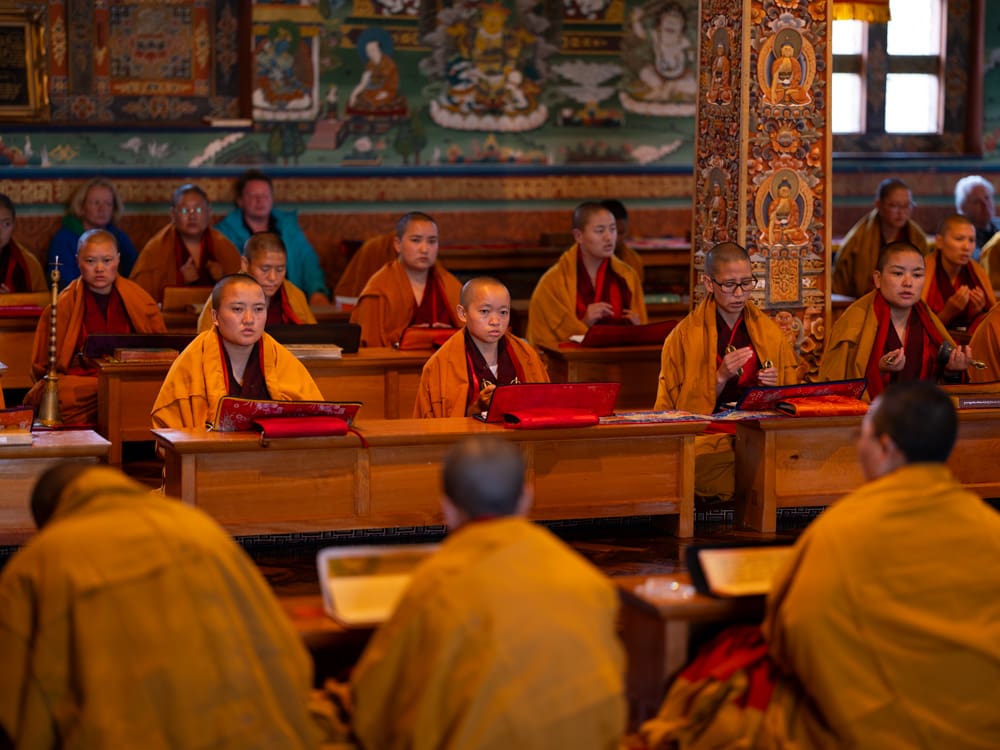
FUJIFILM GFX100 II, GF 100MM F/2.0 R LM WR | F/2.0 | 1/60 SEC | ISO 800
On a side note – here is what my wife is taking on this same trip:
- Fujifilm X-T5
- Fujifilm X-T4
- Fujifilm XF 10-24mm f/4 R OIS
- Fujifilm XF 18-55mm f/2.8-4 R LM OIS
- Fujifilm XF 50-140mm f/2.8 R LM OIS WR
- Fujifilm XF 100-400mm f/4.5-5.6 R LM OIS WR
- Fujifilm XF 60mm f/2.4 Macro (bonus lens)
- Fujifilm XF 1.4x TC WR (teleconverter)
- Fujifilm MCEX-16 (extension tube)
She was debating between which out of the 50-140mm and 100-400mm to take. In the end, deciding to take both — 50-140mm specifically for the fast aperture for the Tshechu; 100-400mm primarily for birdlife in Australia.
Don’t sweat it
It’s easy to over-analyze the situation. If you’re like me, your brain will consider a hundred different scenarios and and a hundred different solutions. My simplified advice is this: cover your bases, add a little spice and be prepared to get creative when opportunity strikes.
Epilogue
For a more organized presentation on the subject of traveling, check out the Travel Photography Essentials course. It can also be conveniently bundled with the Nature & Landscape Photography course.
The Canon R1: Complete Camera Guide is in mid-production and I hope to learn additional insights about the camera during my travels that I will include in that course. When I return I’ll complete the course and we’ll make it available as soon as we can. I thank you for your patience regarding the somewhat slow release of our camera classes. For us, quality is far more important than speed.
Become part of John’s inner circle
Sign up for the newsletter here — it’s free.
Want to become a better photographer?
Check out John’s selection of photography and camera classes here.
